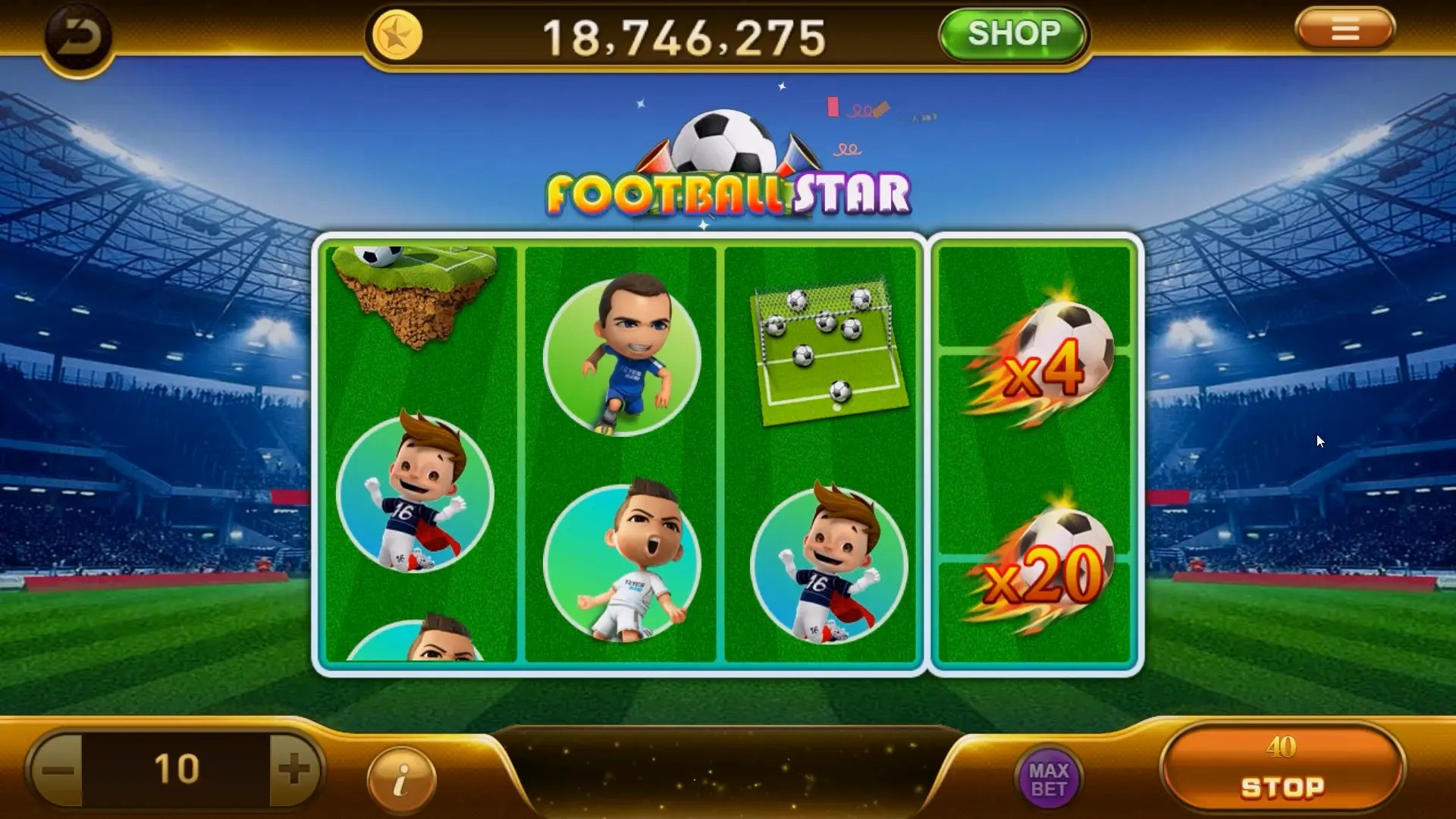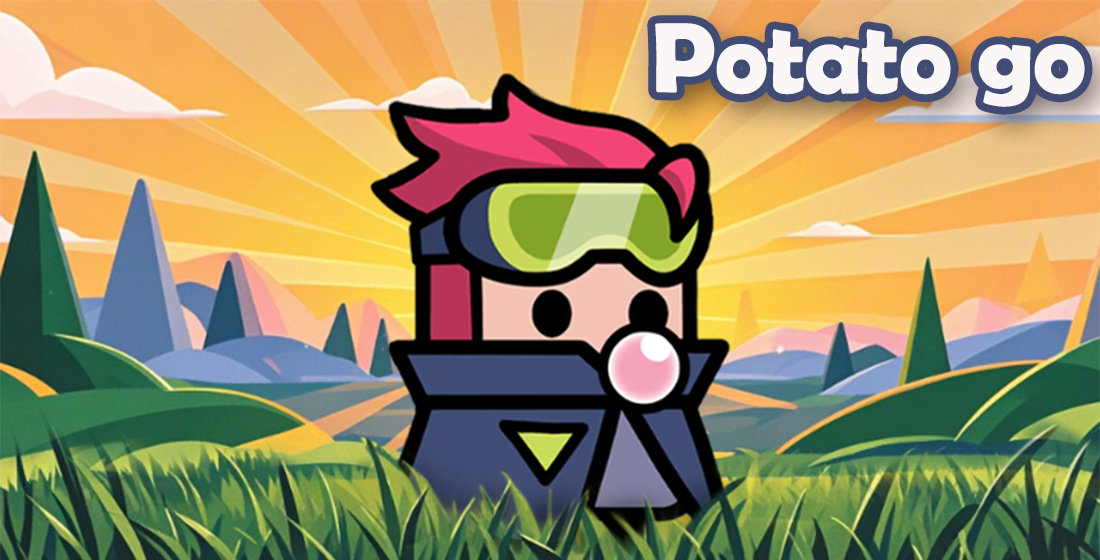How Casual Games Revolutionize the Appeal of Resource Management Games
In recent years, the gaming landscape has seen a remarkable transformation, particularly with the rise of casual games. These games are not just a trend; they're reshaping how we engage with resource management games. When you think of resource management, you may visualize complex systems demanding focused attention. However, the casual game genre is breaking those norms and making these experiences more accessible and enjoyable for everyone.
The Evolution of Casual Games
Casual games have taken the world by storm. Their easy-to-learn mechanics and short play sessions allow players to dive in without a long-term commitment. From match-three puzzles to simulation games, casual titles have broadened the audience significantly. The simplicity of gameplay often conceals complexities like economic management and resource allocation, paving the way for new players to jump into the realm of strategy without feeling overwhelmed.
The Rise of Resource Management in Casual Format
Resource management games have often catered to hardcore gamers who relish strategic planning and intricate systems. Yet, as casual games have surged in popularity, developers have realized the potential to merge these two genres. Take "Rise of Kingdoms," for example, a game that seamlessly blends elements of city-building, strategy, and, of course, resource management, but does so with a casual twist that appeals to a broader audience.
Factors Driving the Popularity
- Accessibility: Casual games can be played on mobile devices, allowing gamers to play anywhere anytime.
- Short Sessions: The design of casual games encourages shorter playtimes, making them perfect for those with busy schedules.
- Social Connectivity: Many casual and resource management games incorporate social features and community interactions, enhancing player engagement.
What Makes a Casual Resource Management Game Successful?
Not all games in this blended genre are successful. Some essential elements contribute to the success of casual resource management games:
- Engaging Gameplay Mechanics: Easy-to-understand controls and intuitive workflows keep players returning.
- Progressive Challenge: A gradual increase in difficulty helps maintain interest without overwhelming players.
- Visually Appealing Design: Bright colors, charming characters, and satisfying animations can captivate an audience.
The Best Idle RPG Games for Android
When we talk about the best idle RPG games on Android, it’s impossible not to mention titles that bring resource management into the mix. Games like "AFK Arena" and "Idle Heroes" redefine engagement by allowing players to progress even when they are away. So let’s take a look at some top contenders:
| Game Title | Description |
|---|---|
| AFK Arena | A blend of strategic resource management with captivating characters. |
| Idle Heroes | Focuses on hero collection and upgrades, perfect for light players. |
| Adventure Capitalist | Simulates the experience of building your own business without the stress. |
Casual Games vs. Traditional Resource Management Games
At the heart of the casual revolution lies a significant difference between casual games and traditional resource management games. Traditional games may offer a rich narrative or an extensive strategy layer, but they can also intimidate new players. Casual games in the resource management genre strip away the most complex elements while retaining key mechanics, making them approachable.
Community and Social Engagement
While gameplay mechanics are essential, the community aspect is crucial for player retention. Casual games often create environments where players can collaborate, trade resources, or compete in events. This social connection allows players to share strategies, leading to a richer gameplay experience.
Microtransactions and Monetization
One aspect often criticized in casual gaming is the monetization through microtransactions. However, many successful games implement them without alienating their user base. The trick lies in balancing free-to-play aspects with paid features that enhance—not hinder—the experience. Players appreciate value addition rather than feeling pressured to spend money.
Examples of Successful Casual Resource Management Games
It’s fascinating to observe how different games have distinguished themselves in this emerging genre. Here’s a quick breakdown of notable titles that have successfully merged casual gameplay with resource management:
- Cookie Clicker: An idle game that has players manage and upgrade cookie production.
- Farmville: After its inception, it popularized the blending of social networking with farm management.
- SimCity BuildIt: A mobile version that invites casual players into city planning with accessible controls.
The Future of Casual Resource Management Games
The trajectory suggests that casual resource management games will continue to evolve. Developers will likely experiment with new mechanics, platforms, and cross-genre collaborations. As virtual reality and augmented reality technologies mature, imagine resource management games that let players interact with their communities and resources in immersive ways! The possibilities seem endless.
Conclusion
Casual games have undeniably transformed the landscape of resource management games. By making intricate gameplay accessible and fun, they attract a larger player base while providing valuable entertainment. As we dive deeper into this intersection, it's clear that the future holds exciting prospects for those willing to embrace the casual wave.



